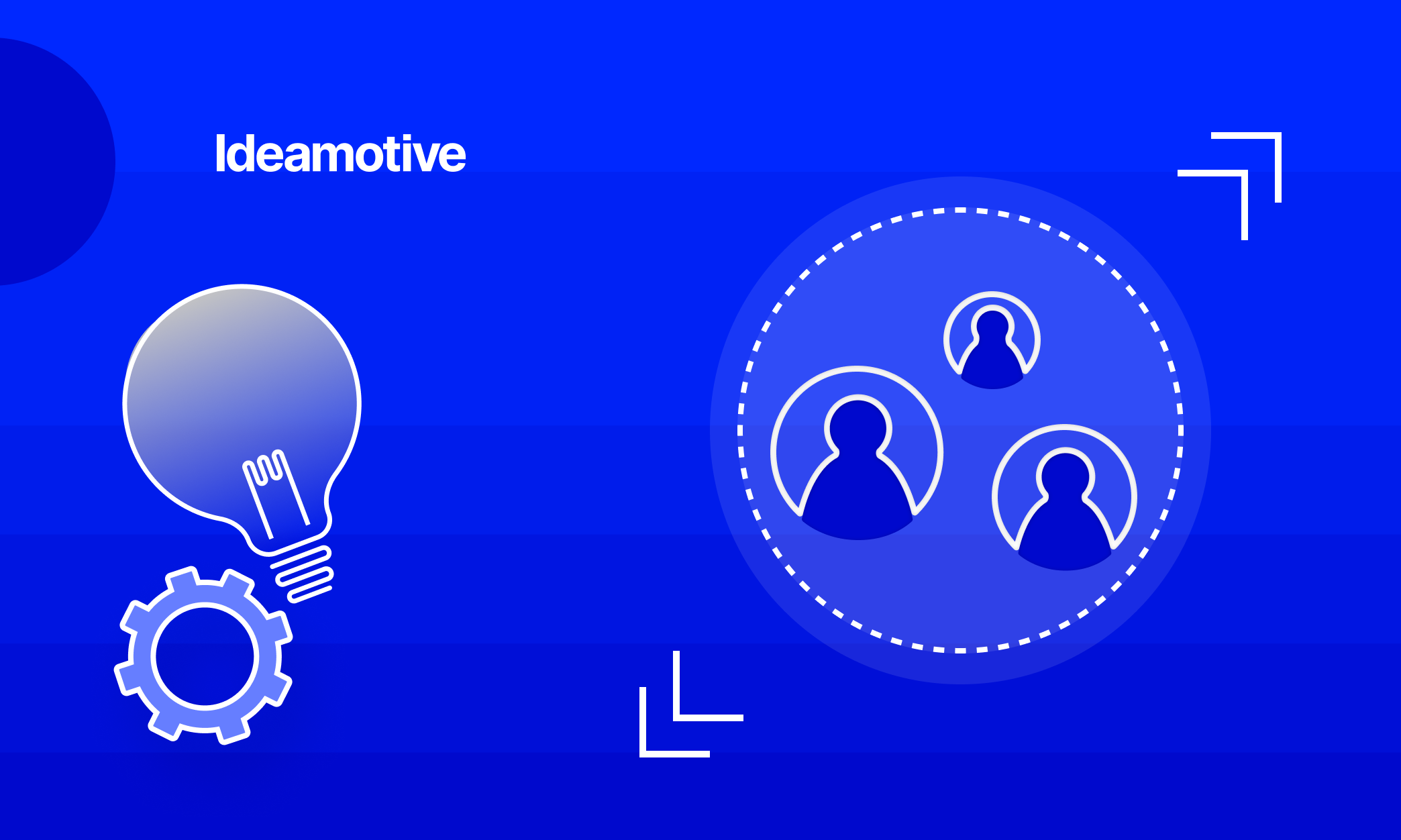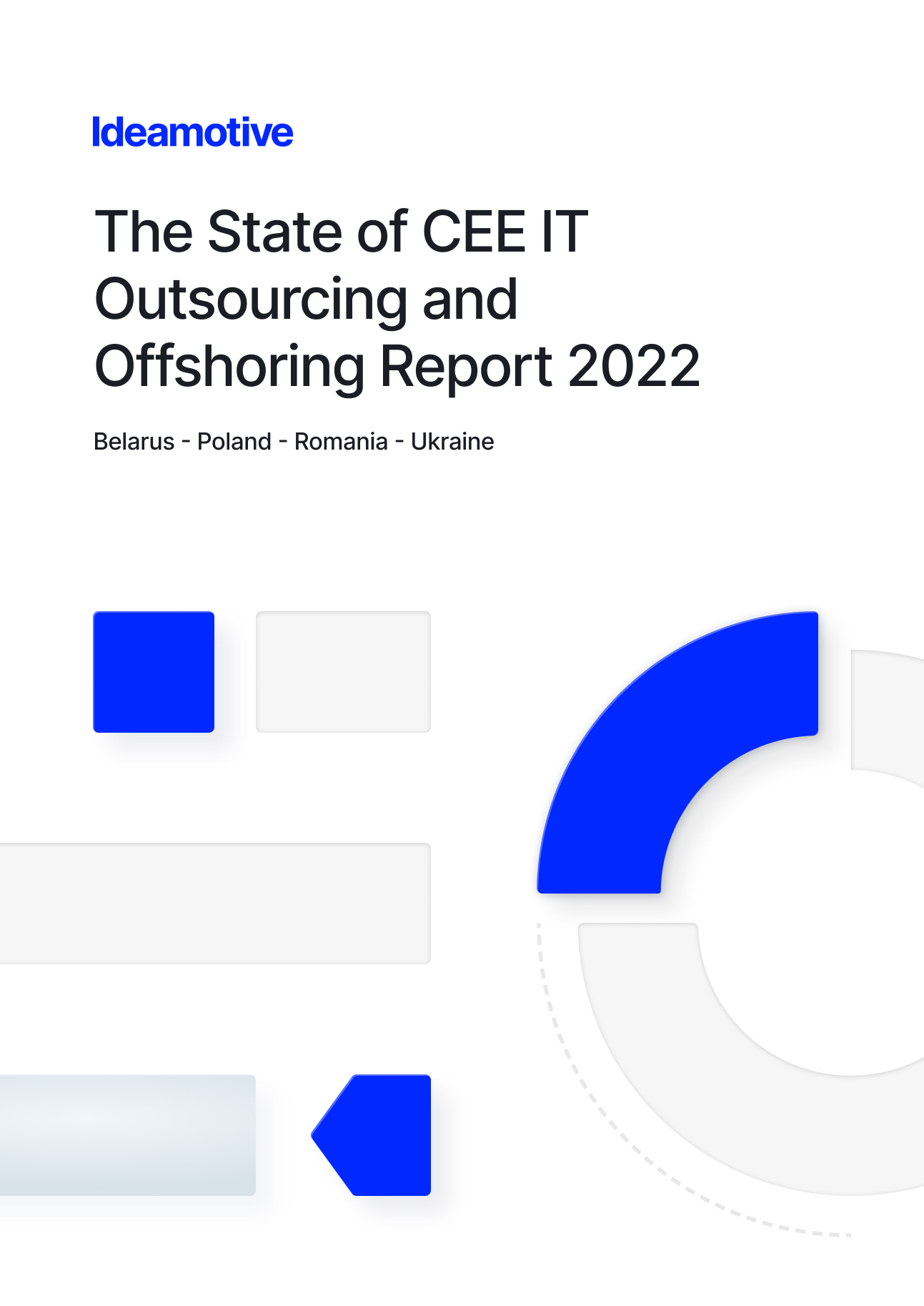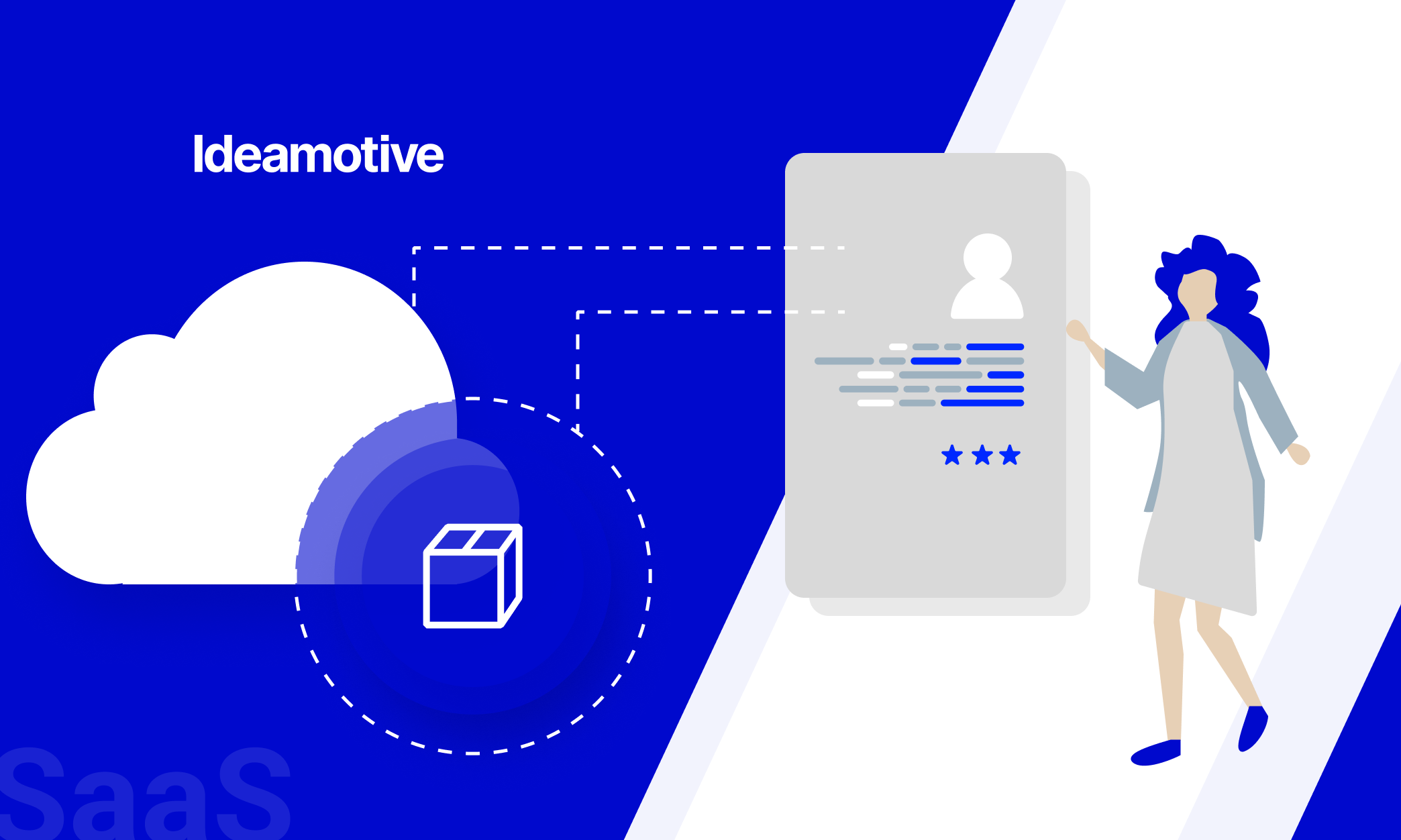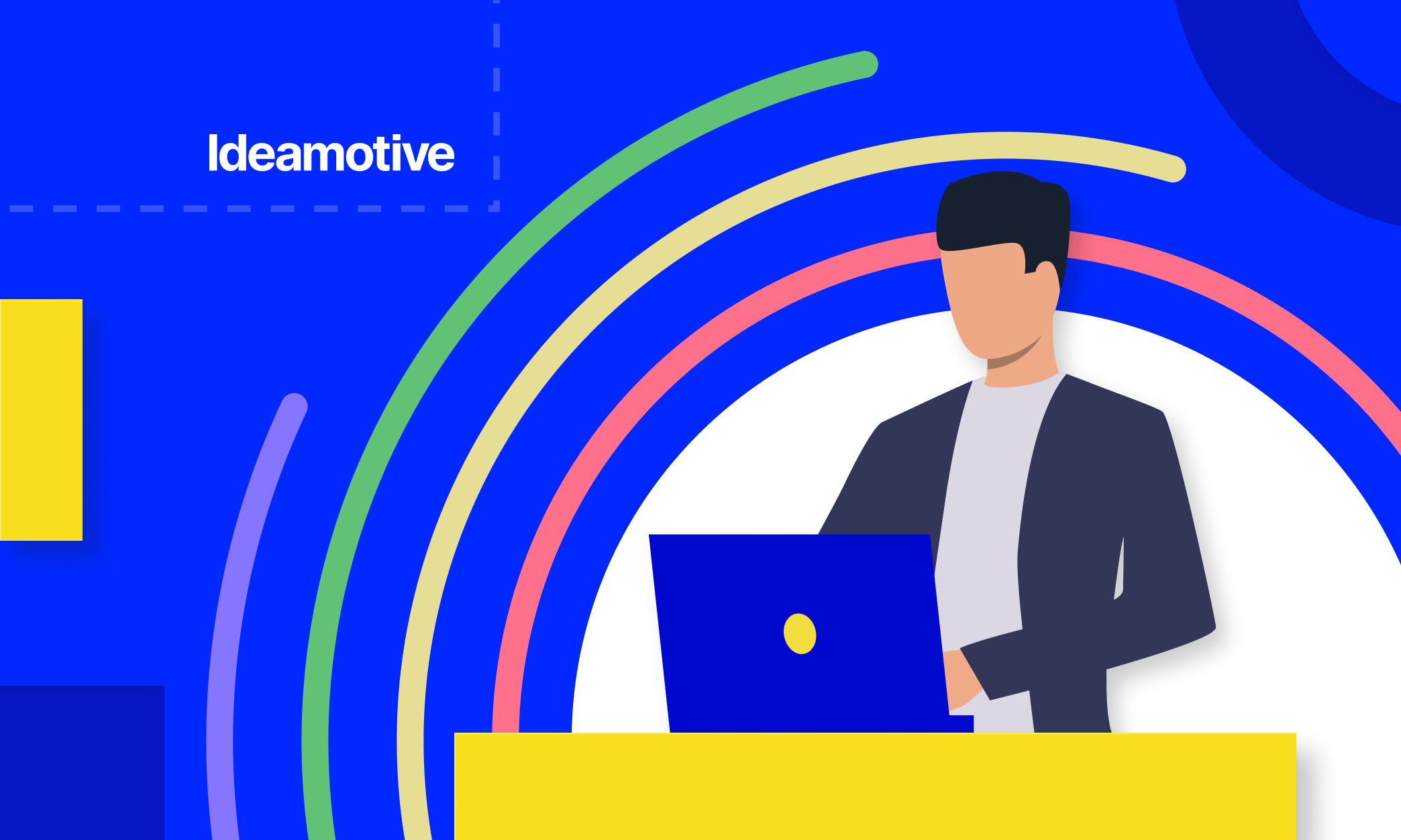To meet the expectations of end-users, companies are constantly improving their software products, adding new functionality, and bringing the existing ones to perfection. At the same time, obviously, software products can’t live without a proper design. Since that the idea to help a design team to grow in the same direction seems not that insignificant.
Even despite the prepared plan for scaling, the desired result does not always come. Researchers at the University of California, Berkeley, and Stanford found that 90% of new businesses fail due to premature expansion.
In this case, the question arises: “How to effectively increase the number of participants in the design team?” Our answer: to learn how to scale a design team i.e. to implement smart scalability or smart scaling based on flexible methodologies and on-demand team growth.
According to the 15th State of Agile Report, 95% of respondents use Agile to some extent. In general, flexible approaches are used to organize the work of small teams.
But what to do if a rapidly changing market and demand for high-quality IT solutions force you to accelerate and expand projects? How to scale a design team effectively and not lose either productivity or design quality?
Let’s figure it out!
What is scaling?
Scaling is a cultural transformation in which people, practices, and company tools improve collaboration and drive corporate strategy.
Ultimately, changes in these areas will lead to a decentralized decision-making process, increased transparency and consistency of work, and an increase in the speed of bringing a product to market. In doing so, the agile values become the founding principles of the organization.
Why scale product teams
Global digitalization has become a key driver for the transformation of processes in companies. The high speed of delivery of IT products to the market and the ability to adapt to changing conditions are some of the main values of any modern business.
The unstable global situation also contributes to the rapid transition to the digital ecosystem, when products and services migrate en masse to the online space.
In such conditions, businesses test themselves for strength and ability to quickly adapt to unexpected changes. However, some of them are not ready for them and are facing declining customer satisfaction, declining market share, declining revenues, and more.
Then, in order to gain a competitive advantage, organizations accelerate the time to market. But how to do it during a crisis?
With Agile scaling.
Survey results show that after implementing agile methodologies, the speed of product delivery increases by an average of 75%. When that isn't enough to keep you ahead, it's important to adapt to change, not only at the team level but throughout the organization.
What benefits does it bring?
Benefit #1
By applying the principle of smart scalability, companies can either increase or decrease the team of web designers on-demand and in a short time, depending on business goals.
Benefit #2
The scaling process involves dividing the team into small groups, between which it is important to establish effective interaction. In an effort to complete the task with quality, rather than quickly finish the iteration, product designers develop a collective mentality and work closely with each other.
Benefit #3
By uniting all departments and teams with one management system, the productivity of tasks is increased. Each employee knows who to contact in case of unforeseen circumstances (be it a product or a UX designer), understands their responsibilities, the assigned role, and the overall goal of the project, helping to reduce downtime.
Benefit #4
In addition, designers have increased responsibility and independence in decision-making. Increasingly, they use their own knowledge and experience and reveal their potential, rather than turn to managers to solve simple problems.
How to scale a design team in 6 simple steps
To find out how to scale a design team and increase the number of team members effectively, a number of factors must be considered. Here's what we recommend:
1. Make a plan
It is important to take care of this at the start of scaling the project when recruiting employees. As the team grows, it is necessary to continuously develop a strategy that will suit the current team. The scaling plan covers all activities in the course of work, from technical (tools and infrastructure) to team hierarchy and resource management.
If you want to focus on higher priority tasks, you can hire a consultant who organizes the process from scratch, analyzes the current situation on the project, and draws up a transition plan to new practices.
2. Prioritize
To ensure that tasks are properly prioritized and activities are aligned with the plan, it's good practice to set a few core business goals. This will help ease the process of attracting the right people by leveraging the previously identified technical knowledge to be productive.
For example, if a project has a goal to keep up with the e-commerce web design trends, a far-sighted and effective strategy is to involve specialists who are well-versed in the golden rules of a successful e-commerce web-based product. This would streamline routine checks and reduce iteration time.
3. Find specialists
The success and quality of software largely depend on the quality of the team's work. Therefore, it is important to select a product designer with the appropriate set of skills not only at the start of the project but also if expansion is needed.
When internal resources are not enough to scale to the required extent, organizations use the experience of outsourcing companies. Indeed, when hiring only local talents you may encounter a shortage of such experts as 3D designers and software prototyping experts.
For example, it is very useful if the scope of work on the project changes regularly, which entails the need to scale up the group of UX/UI designers. Depending on the size of the workload, your outsourcing partner attracts additional resources and also reduces the team of designers on demand.
Thanks to the timely transfer of knowledge within the team and control over the implementation of tasks, the increase in the number of specialists is efficient.
4. Onboarding
The problem of how to scale a design team primarily means the need to actively hire and adapt specialists.
It is necessary to promptly and systematically adapt people, provide the necessary information and identify contact persons, and appoint a mentor. The constant support of a specialist - even after they have joined the team - is very important. Especially from the side of the mentor.
Strictly speaking, you need a process: a newcomer needs to transfer not only technical knowledge about code standards and architecture but also tell the history of the project, and get acquainted with the organizational structure and competencies inside the team.
What onboarding looks like:
- Welcome letter. Warm words, general description of the project and the team. The goal is to create the necessary mood, to form expectations about the onboarding procedure.
- Non-technical rally. General information about the organizational and component structure of the project, an introduction to the basic processes and expectations, the necessary minimum of context about the current situation, and immediate plans.
- Tech rally. Acquaintance with design leaders and component architecture, design standards, and practices adopted on the project. Familiarity with the codebase and dependencies. A quick glance at which UX/UI design trends and commandments the company adheres to.
- A structured list of all the necessary materials. A Special Purpose Folder, which contains data about working communication channels, areas in Figma, meeting calendars, contacts of key stakeholders, and a project glossary. Plus — links to current org charts and other useful information.
What we get after implementing this structure:
- We save time for both experienced team members and newcomers. People are not distracted by checking, approving, helping, or finding. There are pre-designated activities and responsible persons.
- Engaged professionals manage their time rationally: each activity is planned in advance, is part of the daily workload, and does not interfere with the main tasks.
- A beginner does not feel abandoned - they always know what to do and who to ask for help.
- This system is highly scalable.
5. Set up processes
It is useful to check the clock from time to time and regularly monitor the progress and results of work. This is done to see in which areas the activities not envisaged by the plan are being performed, and where it is necessary to strengthen control and increase or decrease the number of digital designers. This will help you learn how to scale a design team. Moreover, you will be able to choose the right time to scale and implement it in the area where it is most relevant.
Tip: A full transparency of processes can be achieved by introducing a unified reporting system, risk management, and a clear software design strategy.
6. Set KPIs
KPIs help motivate team members. Individually selected goals for each specialist allow the development of both the employees themselves, who begin to better understand the aspirations of the business and the project.
Concern and interest in the progress of all participants can ensure productive scaling, continuously interacting, and working as a single system.
Example from the wild
Spotify is a popular music service with millions of users that grew out of a small Swedish startup. It owes its success to the flexible management system that allowed the company to develop quickly at the initial stage. Spotify is agile, and initially, the company worked according to the Scrum method. But the management decided to transform the technology and developed their own control system, which later became known as the Spotify Model. Now it is used in various companies around the world.
The Spotify Model is an agile scaling system that has helped the company focus on autonomy while maintaining communication, accountability, and quality. This way of managing has gained popularity in the field of agile transformation. The model implies the autonomy of teams that choose which system to work with: Scrum, Kanban, or their combinations - Scrumban. To coordinate decisions and share developments and knowledge, there are squads, clans, departments, and guilds. The model allows you to structure the organization of production while remaining within the framework of a flexible Agile system.
Who knows maybe this example would inspire you on how to scale a design team!
Bottom line
The highly competitive IT space is forcing companies to develop at a rapid pace, thereby scaling projects, and behind them learning how to scale a design team.
The introduction of reasonable scaling helps to expand physical horizons and not lose productivity. Based on agile methodologies, this approach helps accelerate time to market and adapt to rapidly changing conditions within the entire organization.
A properly selected team and a clear strategy, prioritization of tasks, and determination of KPIs will help you achieve the desired results and remain a worthy competitor in the market.









